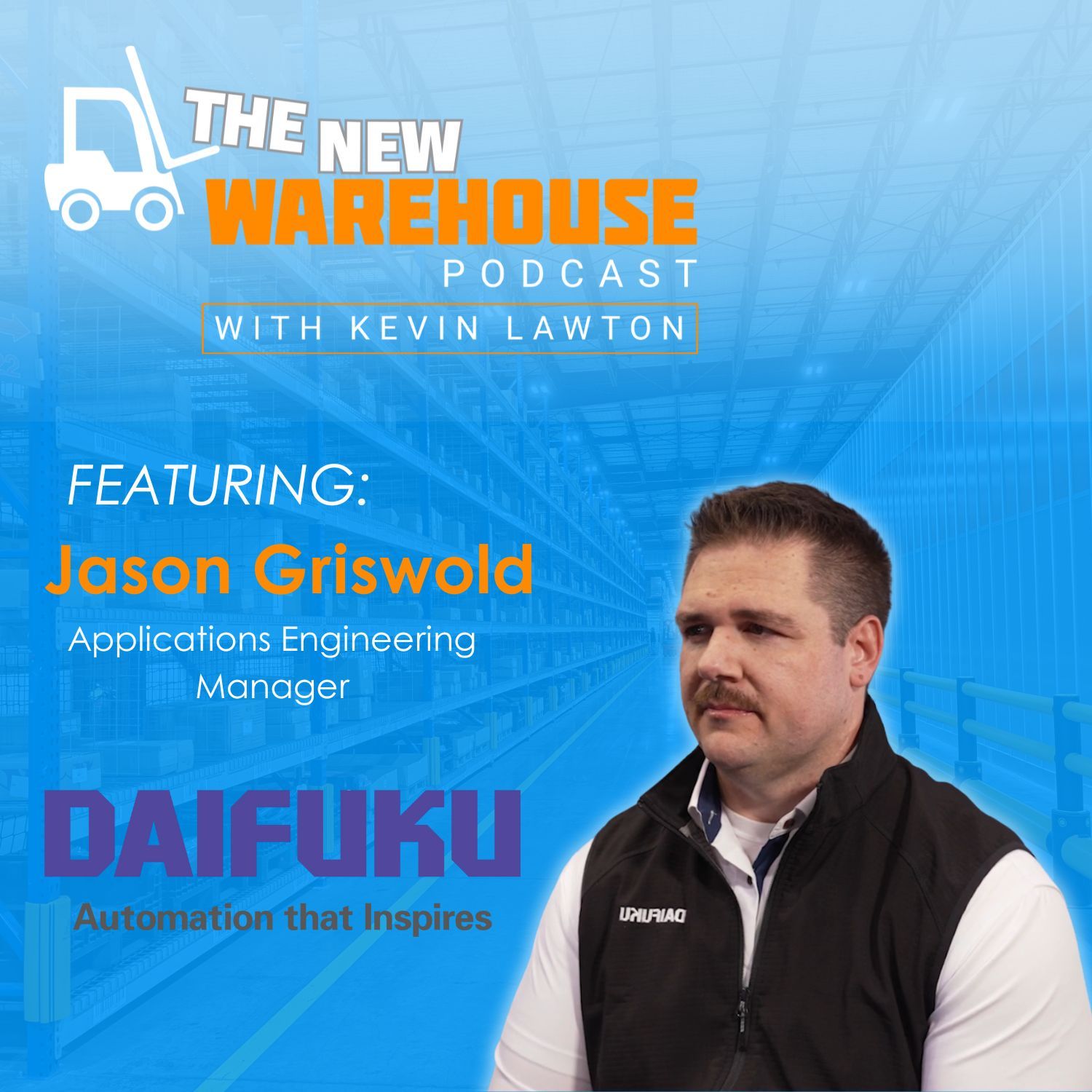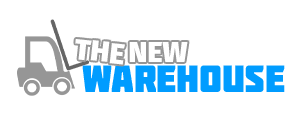
630: Building Flexible Automation Solutions with Daifuku
Automation has become a defining force in modern warehouses, yet flexibility remains just as critical. In this episode of The New Warehouse Podcast, Kevin chats with Jason Griswold, Application Engineer Manager at Daifuku Intralogistics America, to explore how companies can strike a balance between automation and adaptability. Jason discusses Daifuku’s expansive catalog, industry adoption trends, and an ambitious project with Peterbilt that demonstrates how flexible automation can scale to meet evolving needs.
The Current Climate of Automation
Adoption of automation varies widely depending on the customer’s experience. Some, like Amazon and Walmart, are deeply entrenched with billions of dollars invested. Others are just beginning their journey, often inspired by what they’ve seen in other operations. As Jason explains, “Sometimes you have to have blunt conversations with them. They’ll see something and they’ll say, ‘Hey, we think we wanna do that.’ But how they want to use it or really what they’re trying to do with it is different enough that that technology just doesn’t work well.”
Daifuku acts as both a consultant and a solution provider, ensuring customers avoid costly missteps. Proper site visits, data analysis, and budget conversations are essential. “We can work around whatever your budget is. We just have to have that conversation before we get too far down the road,” Jason notes, underscoring the importance of aligning expectations with operational realities.
Designing for Flexible Automation in Changing Operations
Operational needs are rarely static. From e-commerce expansion to shifting product mixes, warehouses must adapt. Jason stresses the need to anticipate future goals: “If you don’t know that the customer wants to do something in the future and at least has a plan for it, you could design automation for them and then five years down the road… this actually doesn’t work like we wanted it to.”
That foresight extends to ownership models as well. Leased facilities present challenges for large-scale projects, whereas owned facilities enable long-term investments. With careful planning, automation can support both batch picking for retail replenishment and unit-level fulfillment for e-commerce—all within the same system.
Engineering Marvel: Peterbilt’s Elevated AS/RS
One standout Daifuku project showcases what’s possible with creativity and rigorous engineering. Peterbilt faced a landlocked facility but needed more storage to support its paint line. The solution was bold: construct an Automated Storage and Retrieval System (AS/RS) 50 feet above the floor in attic space. “They take them to a lift, elevate ’em 50 feet in the air, store them into the system so that they can bring ’em out in whatever sequence they need so that they can feed their paint line,” Jason explains.
This system stores truck bodies—nearly 20-foot loads—in a reinforced structure designed to withstand massive cranes. Years later, Daifuku retrofitted the system to accommodate faster-than-expected growth in sleeper cab production. “We went and we retrofitted their system so that they could now handle their changing business,” Jason shares. The project demonstrates how tailored solutions can address current challenges while leaving room for future growth.
Key Takeaways on Flexible Automation
- Successful automation requires honest conversations about needs, goals, and budgets.
- Flexibility is essential. Systems must anticipate future growth, product shifts, and channel expansion to remain competitive.
- Ownership models (leased vs. owned facilities) significantly influence automation strategies.
- Peterbilt’s elevated AS/RS shows how creativity can overcome space limitations and scale with demand.
- Purpose-built automation, such as AMRs or shuttles, enables companies to “dip a toe” into automation without incurring massive infrastructure investments.
Listen to the episode below and leave your thoughts in the comments.
Guest Information
For more information on Daifuku, click here.
To connect with Jason Griswold on LinkedIn, click here.
For more information about flexible automation solutions, check out the podcasts below.
615: Navigating Tariffs and Automation in Warehousing
601: Warehouse Automation Readiness with SLAM
586: Distribution, Automation, and the Human Element with Tenaquip

Automating Brownfield Warehouses with Cartesian Kinetics
[…] 630: Building Flexible Automation Solutions with Daifuku […]